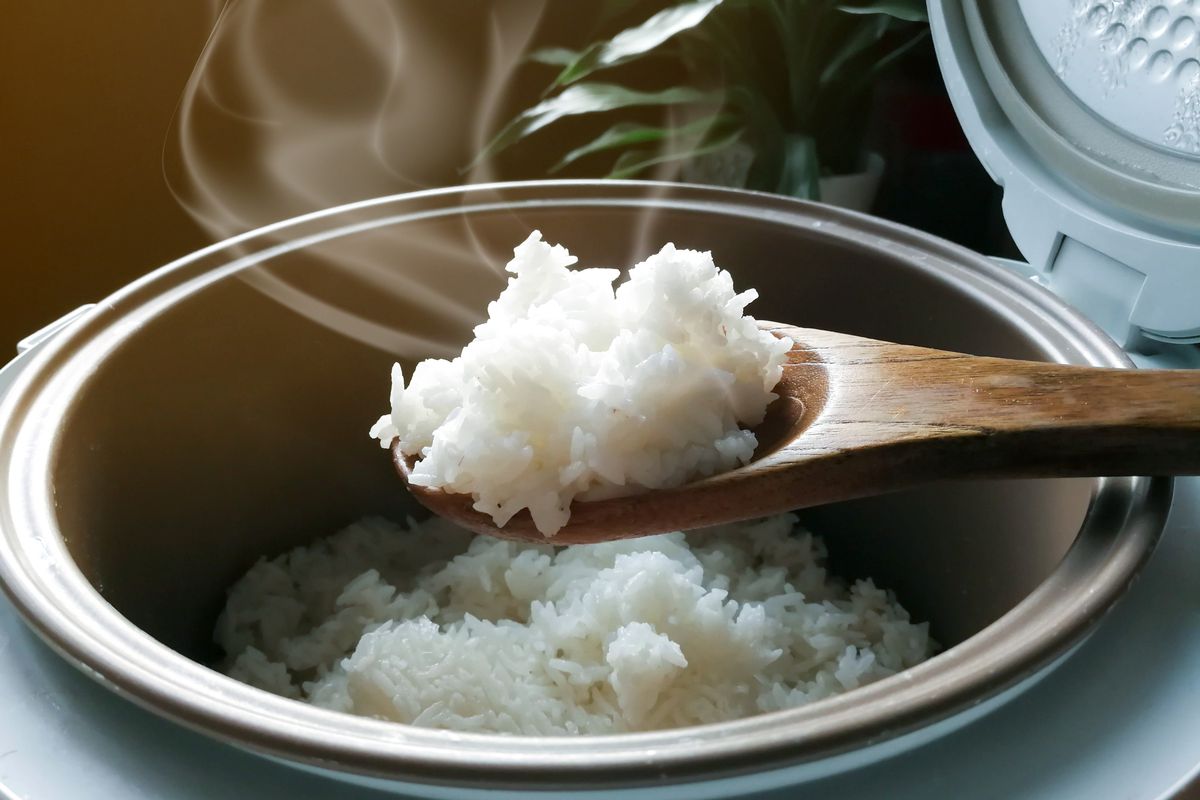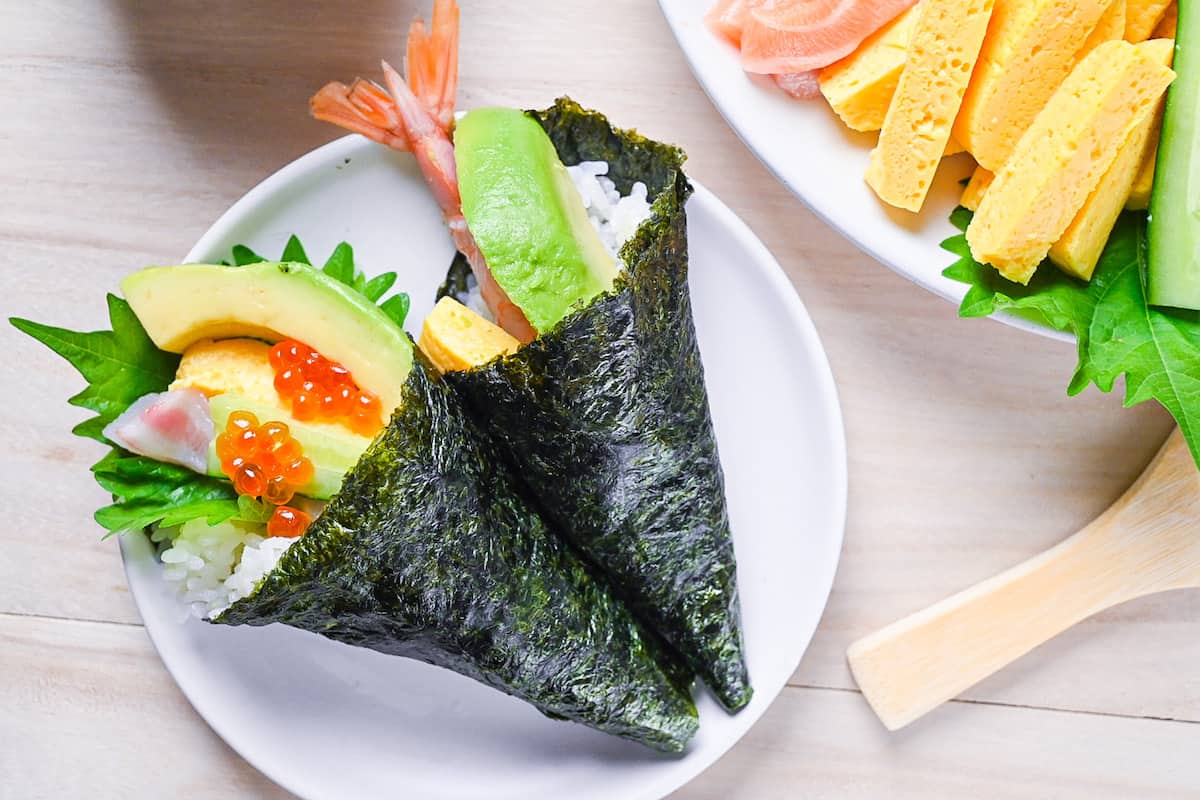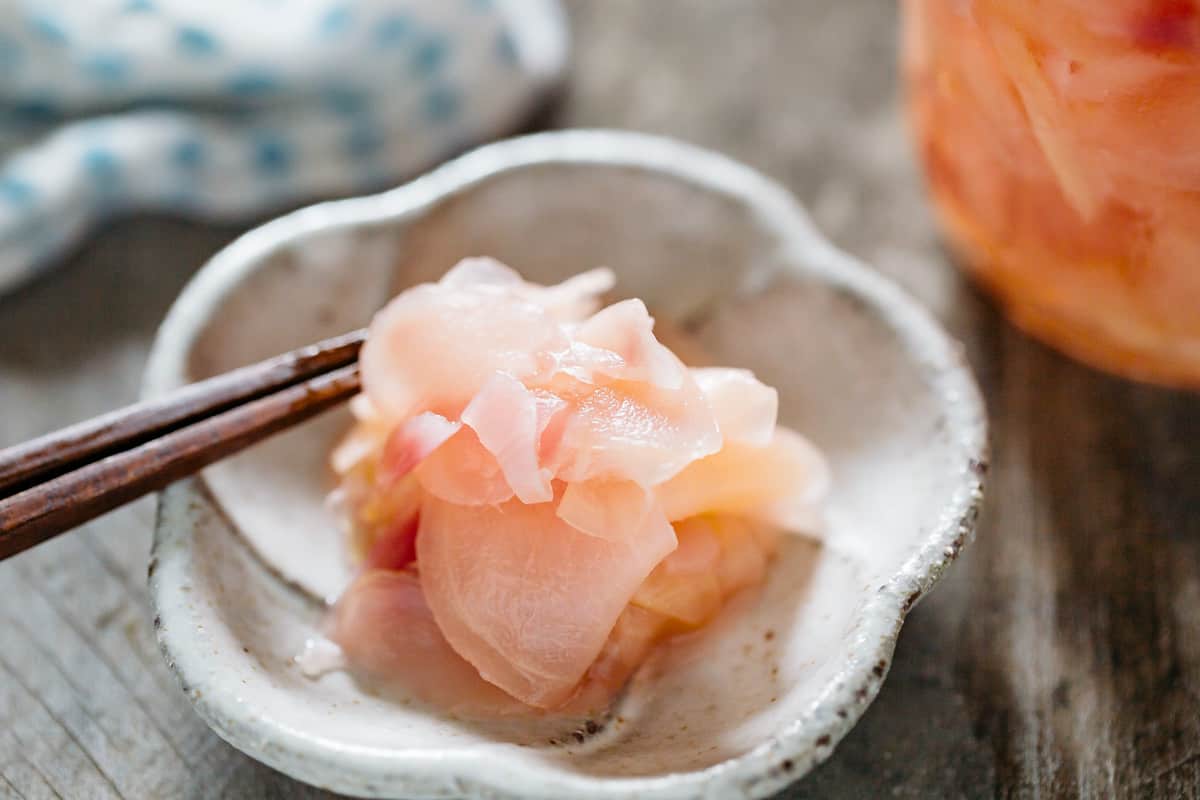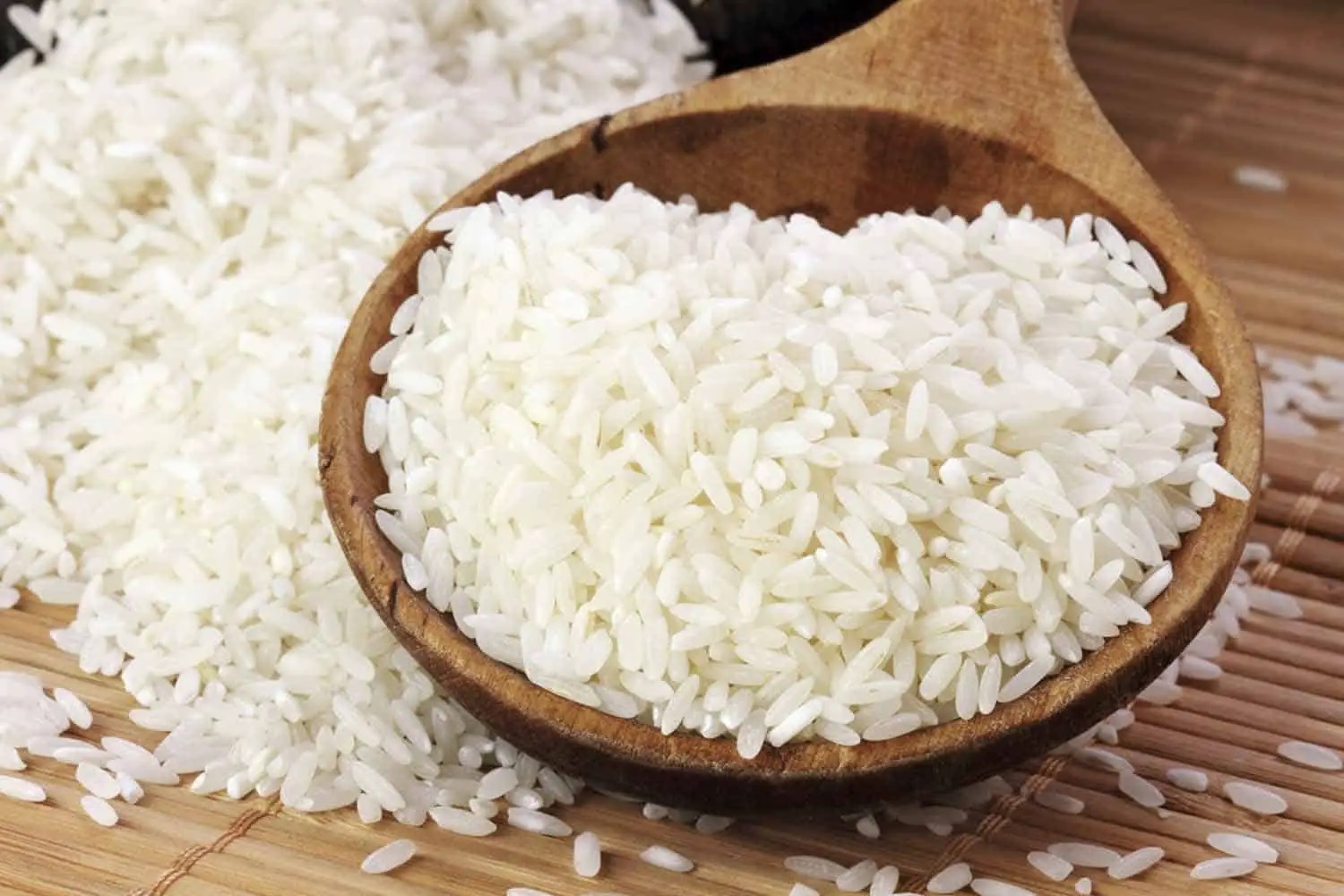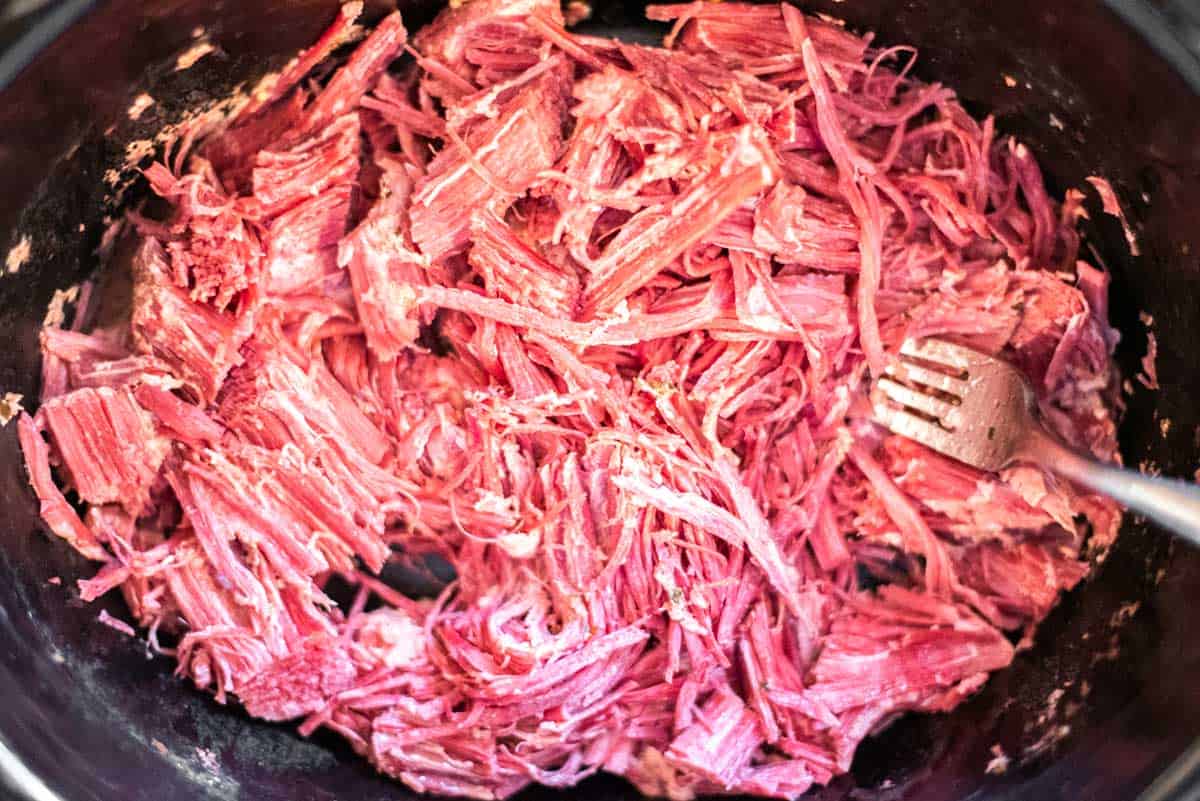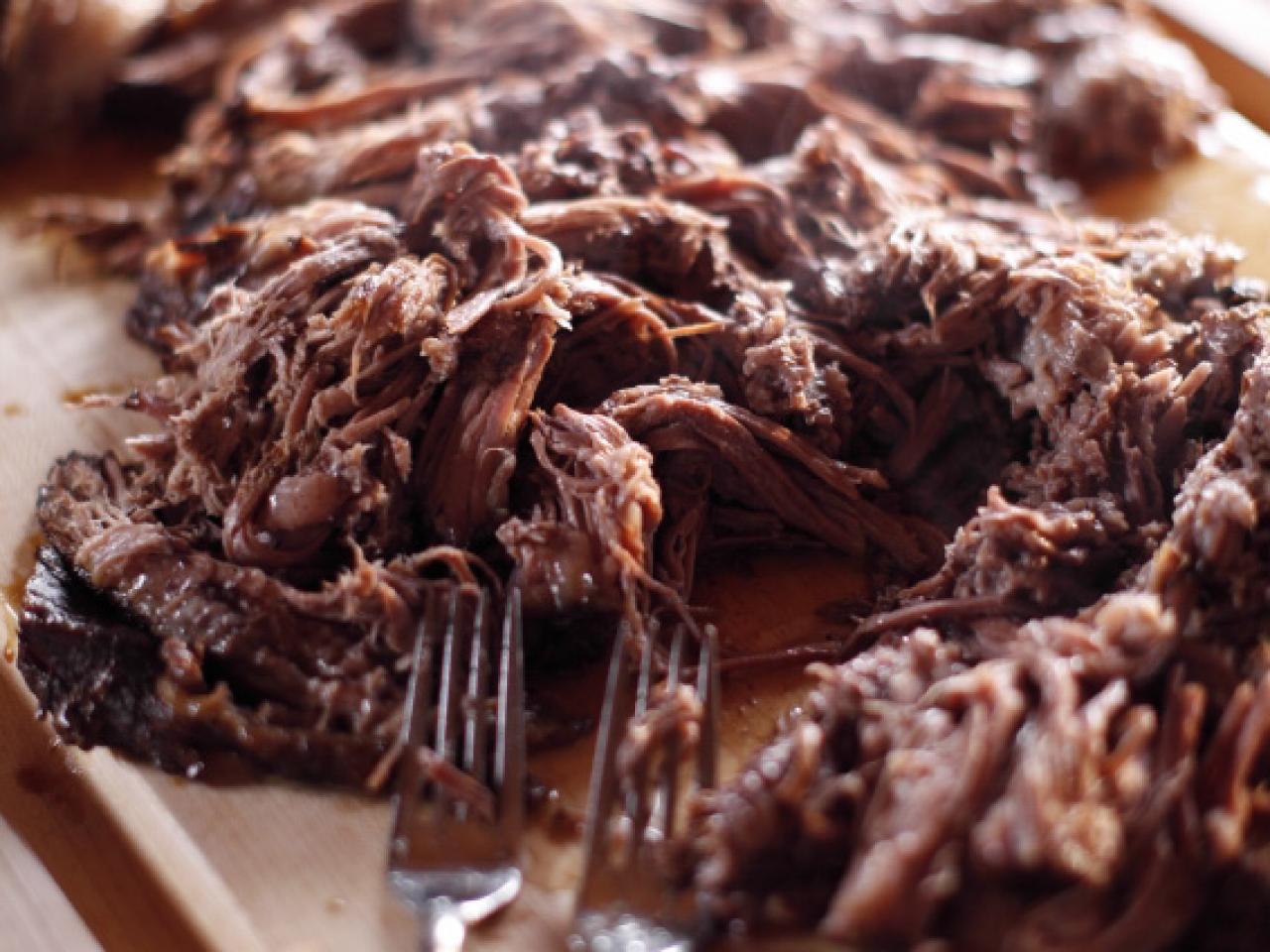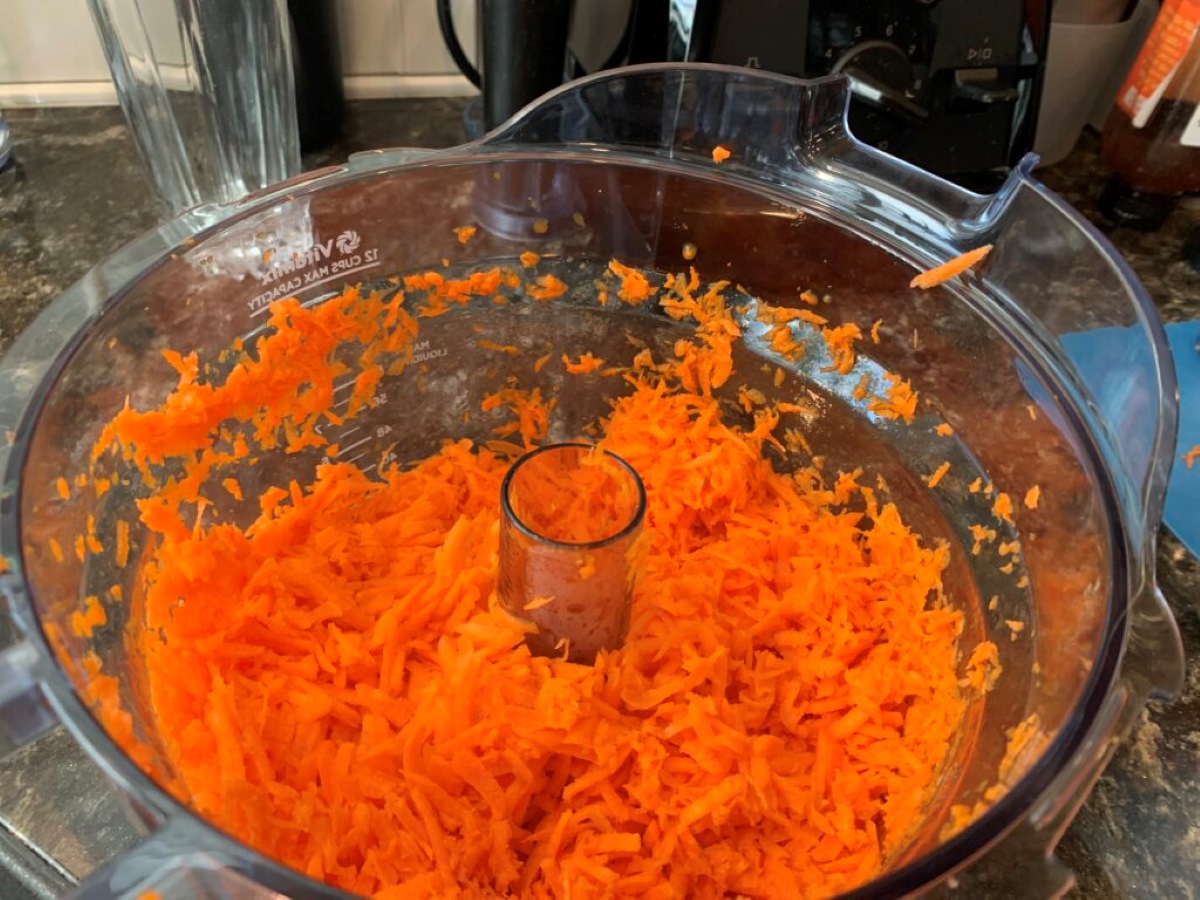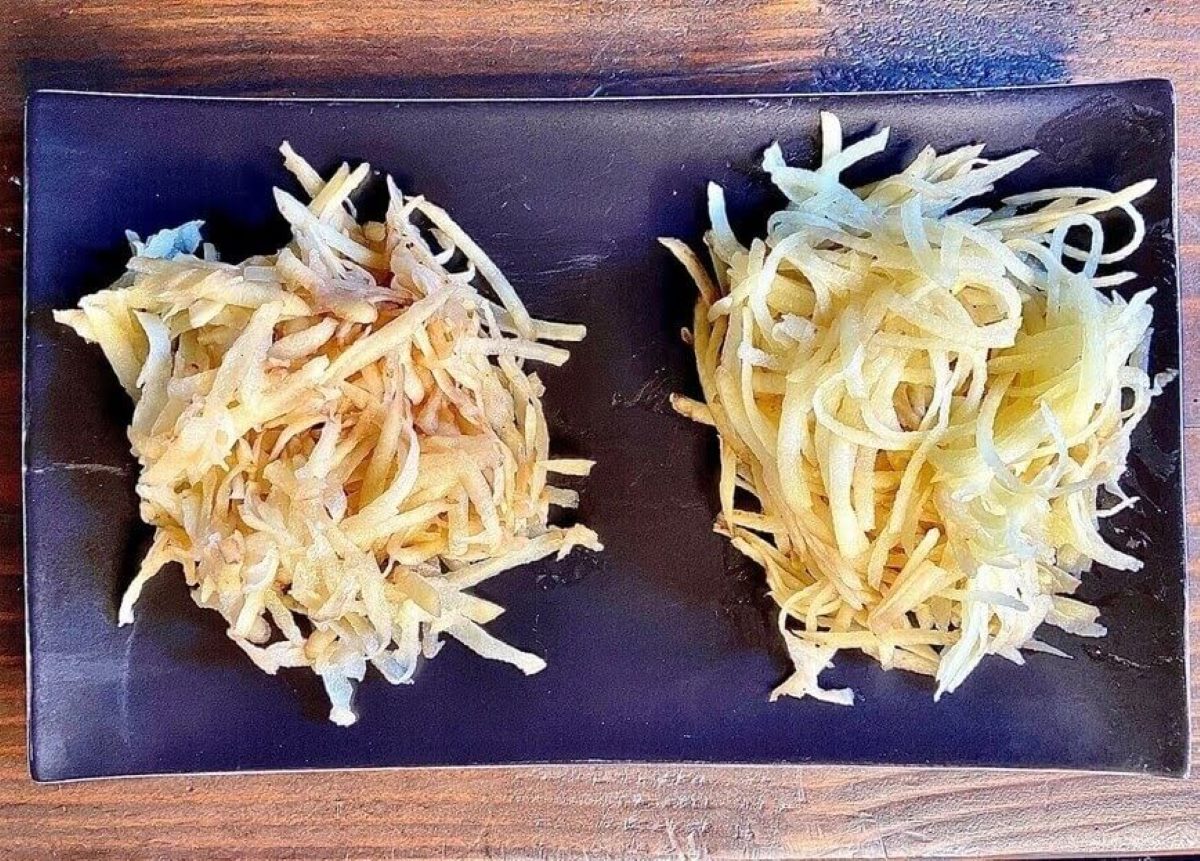How to Make Sushi Rice Without Using Sugar
When it comes to making sushi at home, one of the most important elements is the rice. Sushi rice should have a perfect balance of sweetness and acidity, but what if you want to make it without using sugar? Whether you’re looking to reduce your sugar intake or simply prefer a less sweet flavor, it’s entirely possible to make delicious sushi rice without adding any sugar. Here’s how to do it:
Ingredients:
- 2 cups sushi rice
- 2 1/2 cups water
- 1/3 cup rice vinegar
- 2 tablespoons salt
Instructions:
- Start by rinsing the sushi rice in a fine-mesh strainer until the water runs clear. This will help remove excess starch and prevent the rice from becoming too sticky.
- Once the rice is rinsed, combine it with 2 1/2 cups of water in a rice cooker or a pot with a tight-fitting lid. Cook the rice according to the manufacturer's instructions or until it's tender and has absorbed all the water.
- While the rice is cooking, gently heat the rice vinegar and salt in a small saucepan until the salt has dissolved. Allow the mixture to cool slightly.
- Once the rice is cooked, transfer it to a large, shallow bowl or a wooden hangiri if you have one. Gradually pour the seasoned rice vinegar over the rice while using a cutting motion to mix it in. This will help ensure that each grain of rice is evenly coated with the vinegar mixture.
- Continue mixing the rice until it reaches body temperature. Be careful not to overmix, as this can cause the rice to become mushy.
Congratulations, you’ve just made sushi rice without using any sugar! This rice is now ready to be used for making your favorite sushi rolls, nigiri, or sashimi bowls. The absence of sugar in the rice will allow the natural flavors of the fish and other ingredients to shine through, providing a more balanced and less sweet sushi experience.
So, whether you’re looking to cut back on sugar or simply want to try something new, making sushi rice without sugar is a great way to elevate your homemade sushi game. Give it a try and enjoy the delicious results!
Explore More Recipes Using Sugar-Free Sushi Rice
Now that you've mastered making sushi rice without sugar, it's time to apply this skill across a spectrum of delightful sushi recipes. For beginners, Classic California Roll and Salmon Avocado Roll are excellent choices, offering a familiar flavor profile and straightforward preparation. If you're feeling adventurous, the Shrimp Tempura Roll adds a crunchy texture that complements the soft sushi rice excellently. For those who appreciate a bit of zest, Spicy Tuna Roll is an invigorating option. Lastly, vegetarians aren't left out; the Vegetable Sushi Platter is a vibrant mix of fresh vegetables rolled in your perfectly seasoned rice. Each of these dishes provides a unique way to enjoy your newly honed sushi rice skills.
Was this page helpful?
Read Next: How To Make Sushi Out Of Rainbow Trout
